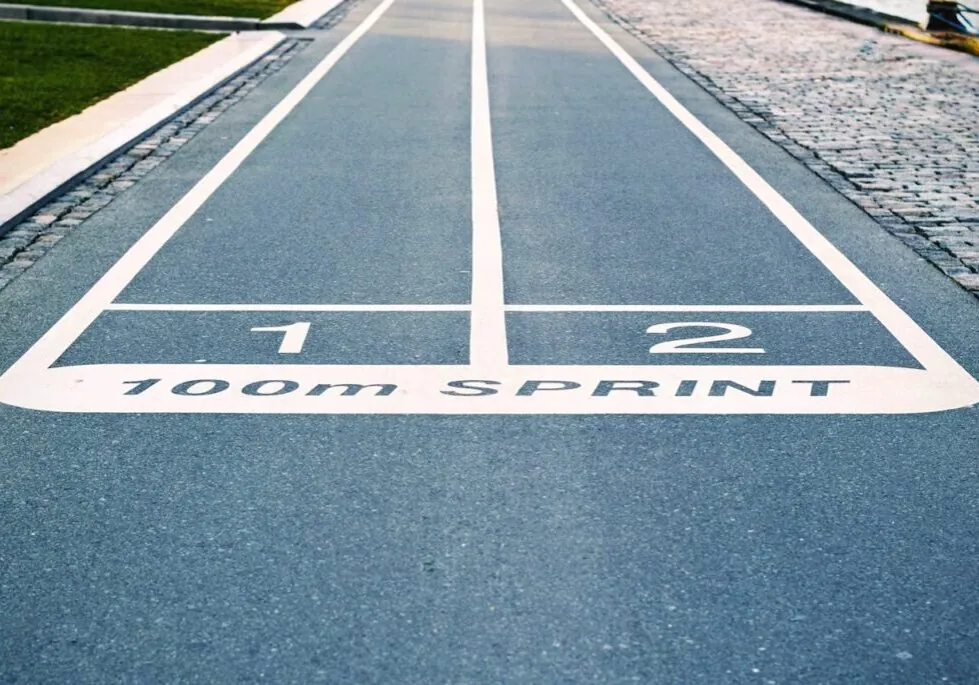The Johnny Depp/Amber Heard trial may have ended but the records and decisions that shaped its tumultuous six weeks in the spotlight are still making waves.
In this blog post, we’ll recap the rise of the defamation case through the viewership ranks and consider the arguments for and against audio/cameras in the courtroom. No one can deny that without the broadcasting of every raised eyebrow and lurid allegation, the battle between the Pirates of the Caribbean star and his ex-wife would have been a less sensational affair.
Instead, millions of viewers tuned in on June 1, when a seven-person jury unanimously ruled in favor of Depp, finding that Heard acted with actual malice when writing her now infamous Washington Post op-ed in which she described herself as a “public figure representing domestic abuse. (The ACLU pitched and wrote it for her in exchange for a promise of a $3.5-million donation)
A record-breaking trial
High-profile trials that become the talk of the nation is, per se, nothing new. The trial of serial killer Ted Bundy in 1979 was the first to be nationally televised after the Florida Supreme Court, only a month before the start, made cameras and recording equipment legal in Florida courtrooms.
The Menendez brothers
Then, in 1993, millions turned on the newly established Court TV to watch California vs. Menendez. This first-of-its-kind reality-TV proved to be a lucrative concept as the public couldn’t seem to get enough of watching the criminal proceedings against the two brothers who confessed to murdering their parents.
The O.J. Simpson trial
And who can forget that moment on Oct. 3, 1995, when the not-guilty verdict was announced in the O.J. Simpson case with 57% of America watching? That number — 150 million viewers — was so large that phone companies noted a 60% drop as people stayed glued to their televisions.
Depp’s defamation suit
Now, we have another spectacle to remember. Only this time, it was YouTube, TikTok and other social media networks that turned Johnny Depp’s $50-million defamation suit against Amber Heard — and Heard’s $100-million cross complaint — into one of the most popular topics on the internet.
Broadcast on YouTube, fragments of the trial traveled like an online wildfire through memes, clips, video compilations, and incessant commentary. By the time it all wrapped up, the statistics from the “TikTok Trial,” as some dubbed it, qualified for the record books.
Trial statistics: A snapshot of the biggest numbers
- Clips with tabloid-ready headlines turned into click magnets. One YouTuber published a clip titled, “Johnny Depp Destroys Amber Heard’s Lawyer,” to the tune of 13 million views. Another famous quote from Heard’s testimony, “I did not punch you, I was hitting you,” garnered more than twice as many or 29 million views.
- The number of “Hours Watched” exploded as trial went on and the mudslinging intensified. In six weeks, the broadcast had amassed a total of 83.9 million hours watched, reports Stream Charts which published a comprehensive week-by-week overview of the numbers. When Johnny Depp took the stand to testify, the number of hours watched increased by 4.5 times to 2.7 million, up from only 600,000 hours watched when his friends and family testified.
- Week 3: The testimony of Depp’s housekeeper (“Miss Heard behaved like a spoiled teenager and drank two bottles of wine a day”) set a new hours watched record with 9 million.
- Week 5: Viewers logged 18 million hours of watching the trial as Heard’s side presented a photo of physical injuries that Depp allegedly caused.
- Final week: With the verdict approaching, viewer interest reached new heights, nearly doubling to 33 million hours watched and 1.4 million peak viewers.
- The verdict: Another day, another record. As the verdict was broadcast on the Law&Crime Network channel, the leader among YouTube channels, it reached 3.5 million viewers, StreamCHarts also reported. Across all of its platforms, the network saw daily viewership 50 times higher than before the trial began. The verdict also helped Court TV set a network viewership record with more than half a million viewers, the most since it relaunched in 2019. At the same time, streaming vieweship for Court TV went up 400%.
- Hashtags gave a clear indication that the public sided with the jury. A week before the verdict, the hashtag #IStandWithAmberHeard had garnered about 8.2 million views, while #JusticeForJohnnyDepp had earned about 15 billion views, NPR reported.
- All in all, Law & Crime’s YouTube page attracted nearly a billion views on content related to the case and welcomed 2.3 million new subscribers.
Hotly debated: Audio recorders and cameras in the courtroom
The decision by Judge Penney (interestingly, not spelled “Penny”) Azcarate of the Circuit Court in Fairfax County to allow testimony to be televised and livestreamed paved the way for the record-breaking numbers — and harsh criticism. Stanford law professor Michele Dauber echoed other critics when she said the cameras turned the case into a circuit that would deter other domestic violence victims from coming forward.
Dauber said, “I cannot imagine what public interest she thought justified this carnival.”
The issue of televised trials has been the subject of intense debate since TVs first came on the market. The American Bar Association banned cameras and recording devices in the courtroom following the media fiasco during the 1935 trial for Charles Lindbergh’s baby kidnapping. Coverage was so intense that cameramen climbed onto witness tables and blinded witnesses with camera lights.
Today, all 50 states allow varying degrees of camera coverage in the courtrooms. The judge typically makes the final call, often in the name of “transparency.”
Do you need legal help? The attorneys of Penney & Associates combine over a 150 years of litigation experience within the Golden State. Please do not hesitate to contact us for a consultation.



